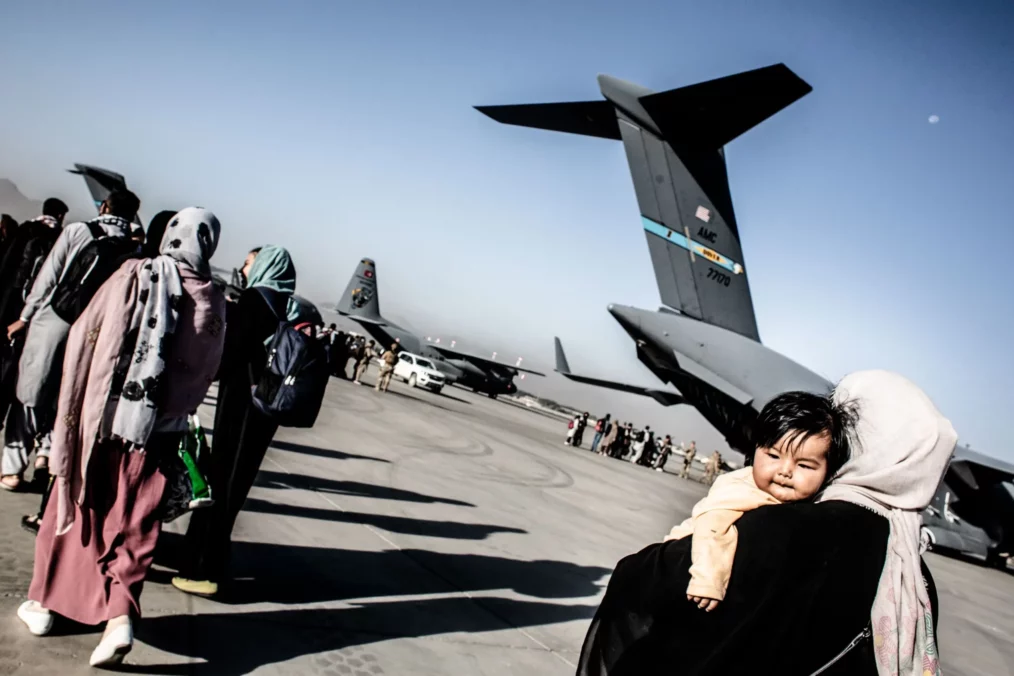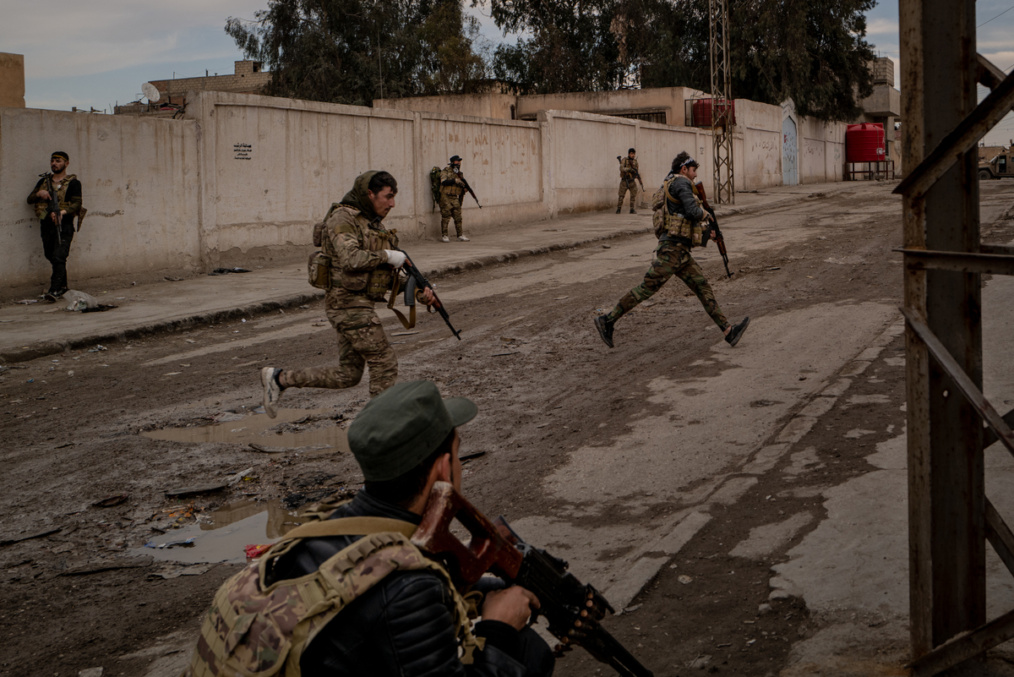On the morning of June 18th, a bomb exploded during an attack at a Sikh prayer place in Kabul while 30 people were inside, killing one worshipper, a Taliban member, and two unidentified attackers. The prayer site was renowned as the capital’s only and final remaining place of worship for Sikhs. The next day, the Islamic State claimed responsibility for the attack. Community leaders reportedly claimed that about 140 Sikhs remained in the predominately Muslim Afghanistan in the late twentieth century, down from 100,000 in the 1970s.
According to a Taliban spokesman, the assailants attempted to operate a vehicle filled with explosives into the area, but it exploded before they reached their target. Despite the fact that the attack had concluded, the Taliban, who took control of Afghanistan last year, declared that a clearance campaign was continuing.
Since the Taliban assumed power in Afghanistan, the country has been subjected to ongoing attacks by the Islamic State, a rival Sunni Muslim extremist group. On the one hand, the Taliban had promised and guaranteed the community’s ability to remain in Afghanistan and practice their religion. Yet, hundreds more have fled to India in the last year due to unprecedented and cruel attacks.
The local branch of the Islamic State announced the attack was in reprisal for insults directed at the Prophet Mohammed. The announcement was made on an affiliated Telegram channel by the Islamic State. The blast on Saturday was widely derided as one of the spates of attacks targeting minorities, with Pakistan’s government expressing “serious concern” over the “current wave of terrorist attacks on places of worship in Afghanistan.” The United Nations mission in Afghanistan said minorities in the country deserve protection, and India’s President, Narendra Modi, expressed shock over the attack on Twitter.
Who are the Sikhs?
Many Hindus and Sikhs have fled to neighboring countries, particularly India, during the civil war that emerged after the pro-Soviet regime fell in 1992. Before the Taliban took control of Afghanistan, Sikhs were a small religious minority in the predominantly Muslim country, with only roughly 300 families. According to community members and the media, many have now fled. The Sikhs, like many other religious minorities in Afghanistan, have been a perennial target of violence. The Islamic State also claimed responsibility for a 2020 attack in Kabul that killed 25 people. In 2016, it was thought that there was no future for Sikhs, Shias, and other Muslim minorities in Afghanistan.
To blend in with the population, most Afghan Sikhs and Hindus adopted Afghan traditions. Sometimes religious minorities converse in public in Pashto or Dari, Afghanistan’s constitutional languages, but solely use Punjabi at home. Despite their desire to live in peace at home, it appears that the Islamic State will continue to carry out modest to severe blows and attacks.
As external threats infect its populace in the next few months, the Taliban’s security mechanisms will be put to the test. In comparison to their initial rule in the 1990s, when they violently suppressed the Hazaras and other ethnic groups, the Taliban have positioned themselves as more moderate since seizing power. The Taliban promise to safeguard them to gain international acclaim for their acceptance of Afghanistan’s minorities. But how far can this go, and how effective is the security measure, particularly in the Taliban government, where eyewitnesses claim the Taliban also committed human rights violations?
Kristian N. Rivera, Counter-Terrorism Research Fellow





